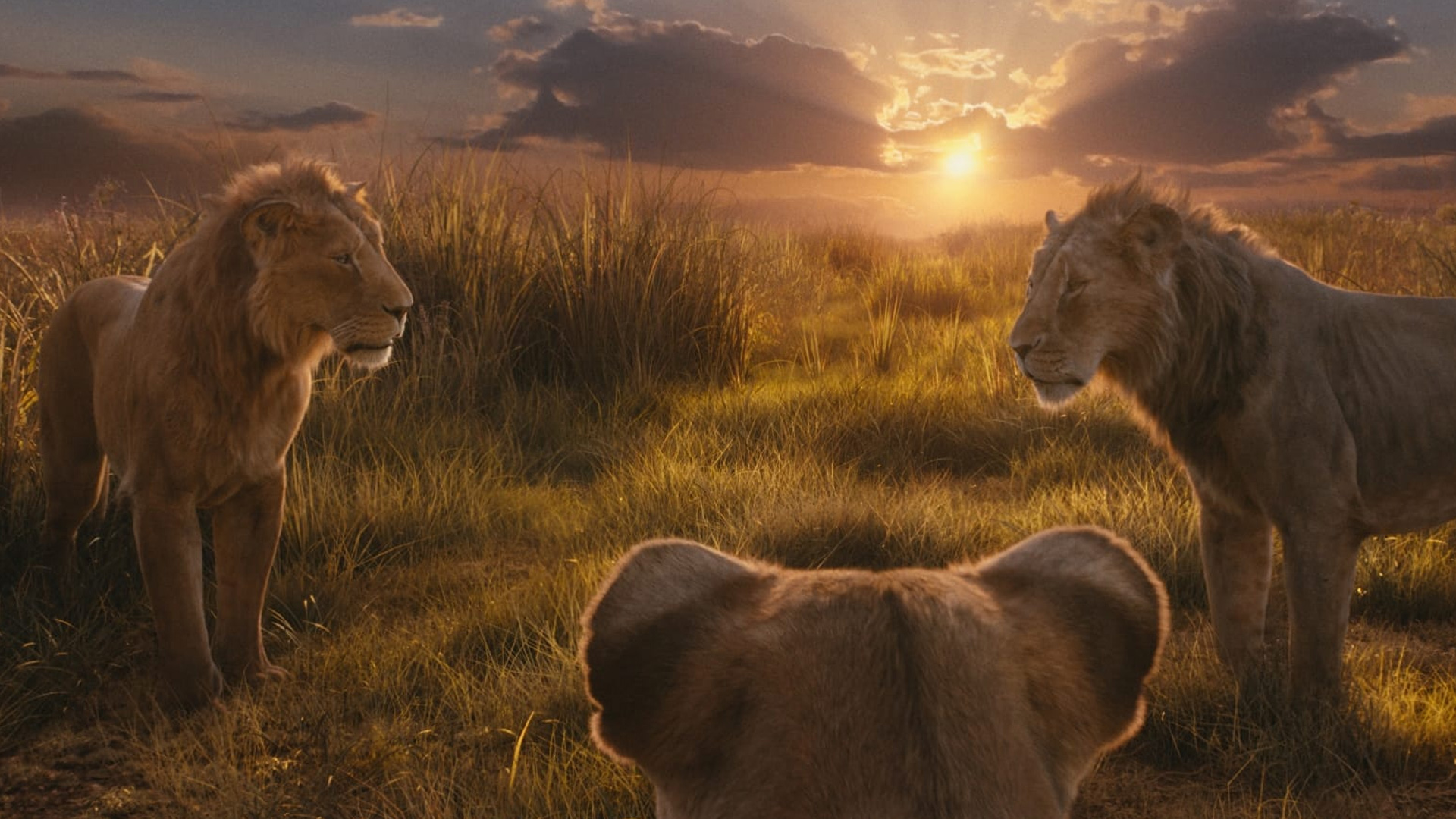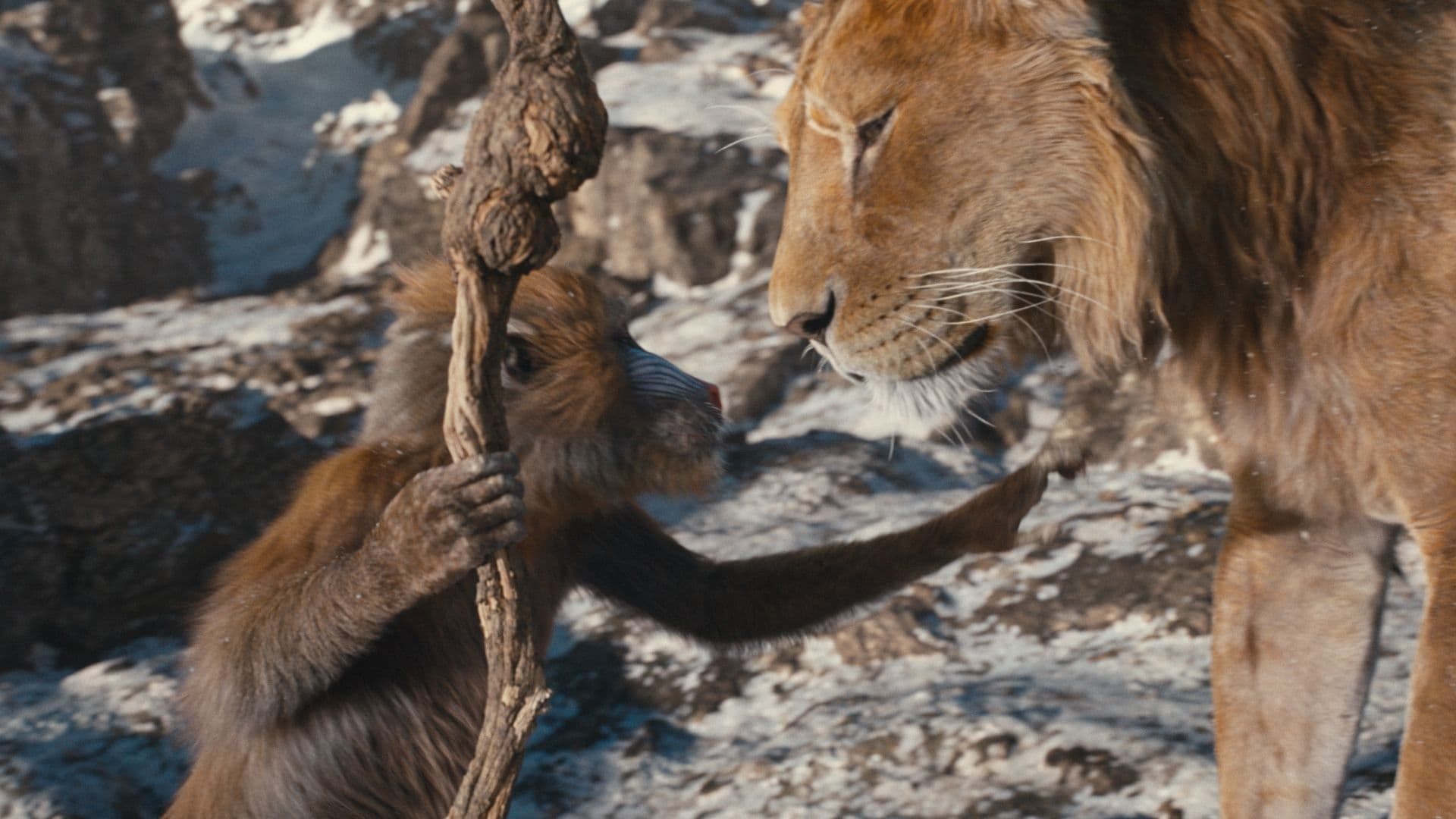The incredible filmmaking that Mufasa won’t be remembered for
With a new story, and a new director, there was finally an opportunity to make a film starring realistic animals that fit the template. Mufasa gets, maybe, 20% of the way there.

With the release of Mufasa: The Lion King, Liam Maguren writes about the brilliant filmmaking contained within Barry Jenkins’ prequel—and why it’s unlikely to be remembered.
The Lion King “live-action” remake may have earned a gazillion dollars back in 2019, but any in-the-moment praise for its technical achievement in photorealism would be overshadowed by one lingering complaint: these emotionless animals can’t act.
I was mostly in that camp, though I think the problem’s a little more nuanced. Animals can show emotions through their behaviours and physicality, even if their facial features are limited when compared to the emotional wreck that is the human race.
A wise film, like Jon Favreau’s The Jungle Book, would write a script and direct its characters with realistic animal emoting in mind. Jon Favreau’s The Lion King, however, took a story intended for the hyper-emoting ways of a classical Disney animated musical and pushed it into a tunnel it couldn’t really fit through. It’s no wonder people saw it as a misshapen mess.

So when Disney announced a prequel film, Mufasa: The Lion King, it gave the studio a fresh start. With a new story, and a new director in Oscar-winning filmmaker Barry Jenkins (Moonlight), there was finally an opportunity to do this type of unique filmmaking—a film exclusively starring realistic animals—with a script and approach that fit the template.
And it gets, maybe, 20% of the way there.
Covering a lot of that percentage, Mufasa makes for an ideal character inside a photoreal lion’s body. His humble, stoic, wise-beyond-his-years nature means he almost never crosses the emotive line—a feat aided by Aaron Pierre’s voicework who brings plenty of that calm and collected ease he weaponised in Rebel Ridge.
You’ll often see side characters using natural animal movements to convey a key feeling. At one point, key baddie lion Kiros bends down with his arms forward like a cat waking from a nap. The emphasis here, though, is that of a bruiser cracking his knuckles before he deliver a merciless beatdown. It’s a small moment, brilliantly realised. Having the ice-cool voice of Mads Mikkelsen doesn’t hurt, either.

And then there’s young Rafiki (Kagiso Lediga), who sneakily makes a play to steal the movie from Mufasa. Perhaps it’s because the mandrill is the closest character, genetically, to a human being in the film but his liveliness, cheekiness, and insightfulness match every convincing glint in his eyes.
He’s also the focal point of my favourite scene in the film, which sees him walking in a straight line undeterred by the three lions (Mufasa, Taka & Sarabi) threatening to eat him. An unbroken ground level shot, the camera oscillates as the lions circle Rafiki, playful like the mandrill’s gift of the gab that convinces the starving trio he’s not destined to be their lunch. It’s very similar to the memorable opening of Moonlight and could count as proof that Jenkins had more creative input than, say, Favreau did with his Lion King.
The camerawork overall feels a bit more adventurous than the 2019 flick, rushing and swaying to evoke added stress or serenity that the characters might not be able to achieve on their own. Disney appears to have absorbed some of the “emotionless” criticism, allowing this film’s characters a slight—oh so slight—bump up in expressiveness and personification.

But for all these conscious efforts to push this type of filmmaking into incredible places, Mufasa: The Lion King will most likely be defined for its strict adherence to the past.
Disney stuck to its misfiring guns by forcing this film to be a musical—a decision that doesn’t work any better this time around. It’s hard to get a read on the quality of Lin-Manuel Miranda’s songs when they’re being performed without the theatricality they demand, though I can’t imagine any scenario where the main villain’s song “Bye Bye” comes across as intimidating.
To the film’s credit, it brings up a surprisingly effective deconstruction on the flaws of a monarchy, ideas about a leader’s duty to bring unity, and how generational privileges can create weak-spined people imbued with power. To the film’s discredit, it offers a weak snap-to-bad reason for Scar’s villainy and suffers the number one symptom of prequalitis—showing how [enter character name] got [thing that character does or has].

Early story comparisons to The Godfather: Part II are a stretch at best, and a bold face lie at worst. If anything, the chosen narrative device is better compared to Once Upon a Deadpool, with the painfully unfunny interruptions this time coming from Timone and Pumbaa.
The wobbly music, the prequel-plagued story, that marketable meerkat-hog duo—these are the likely talking points that will stick to Mufasa: The Lion King for the years to come. Not the brief moments of brilliance scattered throughout.
Fortunately, for those hoping to see an engrossing cinematic experience featuring realistic animals, one exists—and it’s coming to theatres early next year.

Flow
Flawlessly executing the same kind of filmmaking on a fraction of the budget, award-winning fantasy adventure Flow features an all-animal CG cast led by a cat forced to band with different species to survive an otherworldly flood. With zero dialogue and only the small amount of personification, it’s an absolute masterclass in how to combine dazzling cinematography with an acute understanding of animal behaviour to convey fear, hope, anxiety, courage, sorrow, and serenity.
Flow is a feature-length showcase of the small, brilliant bits of filmmaking we only briefly see in Mufasa: The Lion King.



























